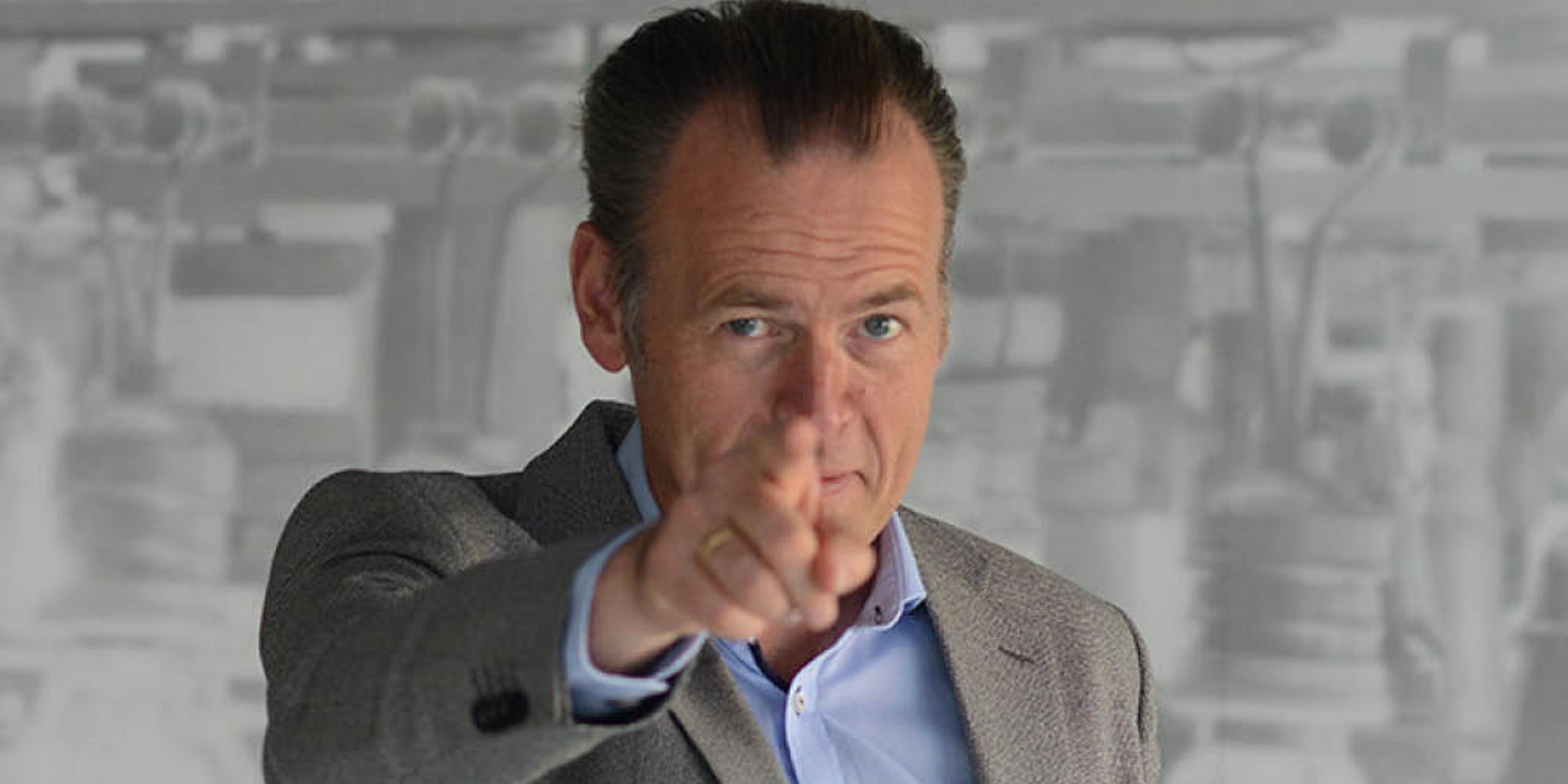Being creative isn’t always easy, especially working in high tech. After all, the best answer to a technical problem is a practical solution, right? But even if you can’t apply creative thinking in every situation, a little practice and a willingness to think out of this world can offer a whole new perspective.
In an industry loaded with constraints, standards and linear processes, out-of-the-box thinking can be a real challenge for many in the high-tech domain. After spending years of learning physical laws, technical concepts and general rules of thumb, it’s no wonder many engineers see the problems to solve with an analytical eye. After all, the best answer to a technical problem is a very practical solution, right? But where does that leave room to be creative?
Like many other engineers working in high tech, this narrative certainly holds true for Roger Amiot, a senior compliance engineer at Fluidwell, a company specialized in the development of sensors, flow meters and other electronics rated for use in hazardous and even explosive environments. “My work focuses on all kinds of certifications, from electrical safety to radiation to explosion safety and metrology,” describes Amiot. “Almost all my professional activities are closely tied to industry safety standards and just by nature, that means I’m very limited in opportunities to be creative.”

But working within these strict standards, Amiot wanted to see how he could push himself to get out of his comfort zone and come up with some fresh ways of thinking. “That’s really why I wanted to enroll in High Tech Institute’s ‘Creative thinking’ course. I’ve met several incredibly creative people and outside-of-the-box thinkers, and I’ve always been interested in the way they could keep an open mind, stay outside of rigid constraints and remain adaptable to trying various techniques,” illustrates Amiot. “That’s completely different than anything I’ve ever done. Being an engineer, my focus has always been on finding straightforward technical solutions. I was really drawn to this course to see how I could challenge the norm and be more creative as a technician.”
'Sometimes asking why, again and again, can lead to the most interesting places.'
Wake-up call
Like any other training, the “Creative thinking” course starts with giving a background into lateral-thinking theories and idea generation techniques. The first two of these methods are concept extraction, which is establishing basic links between ideas, and the challenge method, which seeks to challenge the status quo by continuously asking why. The next two approaches are random entry, which is essentially an association game based on random words, and finally provocation, which is designed to find uncomfortable and unworkable starting points that can then be used as stepping-stones to reach workable ideas.
“Of the several techniques that were presented to us, I must say, there were some that really worked for me and others that didn’t. For me, the most effective techniques were the challenge and provocation methods,” highlights Amiot. “Sometimes asking why, again and again, can lead to the most interesting places. Especially when others are quick to shoot down ideas. Asking why this won’t work, why is that, and four more times why. Eventually, you get to a place where people come out of a trance and start seeing possibilities. It’s like a wake-up call, which is what this training was for me.”
Go to Mars
The next step: bring these methods to life. Especially for technical minds, it’s practice and not theory that’s king. That’s why participants are tasked to define a purpose and start using these techniques immediately through idea-generating exercises. The goal of this practice is to achieve quantity, not necessarily quality in ideas. Not every idea is going to be good, or even workable, but simply getting them out can jumpstart a creative flow.
So, if the problem you’re trying to solve is how to reduce litter in public spaces, a flying trashcan might not be the most practical solution. But it will certainly catch people’s attention. As course instructor Rex Bierlaagh puts it – sometimes you have to think like a Martian. “Don’t be afraid to go to Mars for a wild idea. Because after you go, you and your colleagues can always bring it back down to Earth.”

“What we learned is that there really is no such thing as a crazy idea because they all have valuable aspects. It’s about creating this open mindset that lacks judgement, rather than our typical critical or analytical approach,” Amiot suggests. But one of the most important factors in creative thinking and brainstorming sessions, according to him, is participation within a group setting. “Having others involved to help harvest, align and group ideas is vital. Martian ideas are great, but there has to be someone to help structure them, and they have to fit within the defined focus. What we saw was when this was done effectively, a number of ideas could be viable with only minor tweaks.”
Personal insight
For many, especially the linear thinkers of the technical world, putting these methods into practice is no easy task. Because of that, implementing creative thinking approaches in real-life scenarios comes with the added layer of difficulty that it’s counterintuitive. But according to Bierlaagh, this feeling is something to embrace. To him, as children, we’re wired to see all the possibilities and potential, and to be imaginative. But somewhere along the way, we lose that and start focusing on limits and boundaries. That’s why one of the aims of the training is to help participants break through these constraints and find their inner child.
“I haven’t been able to apply many of the techniques at work yet. Some of that stems from the type of work I’m in, but also from the work-from-home environment we’re in right now,” comments Amiot. “But I must say, I also found this training to be relevant on a personal level, outside of work. It has given me a lot of personal insight and a better appreciation of others’ perspectives and ideas. We all play many roles in our lives – colleagues, friends, parents, children – which means we need to wear many hats. But seeing how this open mindset can affect creativity and action has really opened my eyes to how I can be a better listener and communicator without being blinded with all the technical constraints that are so prevalent in my life as a technician.”







